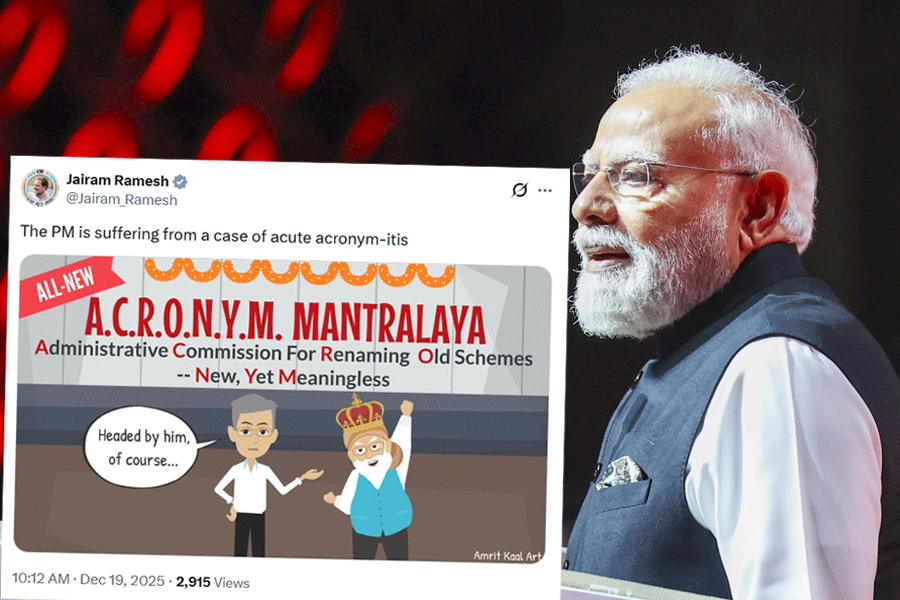Retail inflation fell to a 25-month low of 4.25 per cent in May, mainly on account of softening food and fuel prices, as it remained within RBI’s target range of 2-6 per cent for the third straight month.
However, economists warned about the impact of a sub-par monsoon on food inflation in the second half of this fiscal.
Inflation based on the consumer price index (CPI) stood at 4.7 per cent in April and 7.04 per cent in May 2022. It is the lowest since April 2021, when it was 4.23 per cent.
Inflation for the food basket stood at 2.91 per cent in May lower than 3.84 per cent in April. Food accounts for nearly half of CPI. Inflation in fuel and light eased to 4.64 per cent from 5.52 per cent in April. Core inflation fell to 5.11 per cent in May compared with 5.3 per cent in April, economists said.
While keeping rates unchanged last week, Reserve Bank of India governor Shaktikanta Das said the monetary policy committee (MPC) wanted to keep rates at 4 per cent on a sustained basis.
Aditi Nayar, chief economist, Icra, said: “The development of El Nino conditions would be closely monitored as these could lead to a subpar monsoon and impact kharif yields and rabi sowing, and thereby impact crop output and food inflation.”
Madan Sabnavis, chief economist, the Bank of Baroda, said: “Given the uncertainty on monsoon, RBI will be watchful on inflation and policy stance. We believe that the earliest time for a rate action provided inflation is in line with the RBI’s estimate would be February.”
“If El Nino has an adverse impact, food prices will rise and the MSP hike will add to the woes of consumers,” Nilabja Ghosh of the Institute of Economic Growth said.
Stock limit
Meanwhile, the government for the first time in 15 years has imposed stockholding limits on wheat with immediate effect till March 2024 to contain rising prices of the key commodity.
The government also decided to offload 15 lakh tonnes of wheat to bulk consumers and traders from the central pool in the first phase under the Open Market Sale Scheme.

Factory output rises 4.2%
New Delhi: The growth rate in industrial production rose to 4.2 per cent in April from 1.7 per cent in March because of the good performance by the manufacturing and mining sectors.
The factory output growth measured in terms of the index of industrial production (IIP) stood at 6.7 per cent in April 2022.
IIP data released by the National Statistical Office (NSO) showed the manufacturing sector grew 4.9 per cent in April against 5.6 per cent a year ago.
Madan Sabnavis, chief economist, Bank of Baroda, said: “We need to wait and watch on the sustainability of these numbers to feel reassured about growth. But such numbers will provide additional tools for taking monetary policy decisions.”
Power generation declined 1.1 per cent in April compared with a growth of 11.8per cent.
This is partly due to unseasonal rains in April which reduced household demand.
OUR SPECIAL CORRESPONDENT











